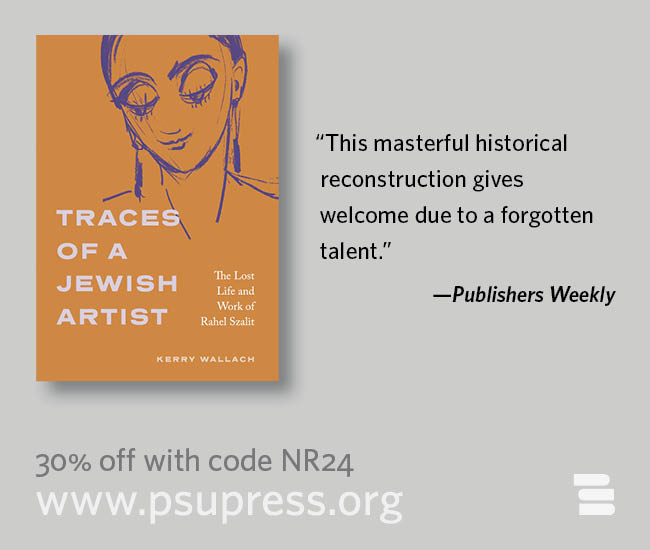
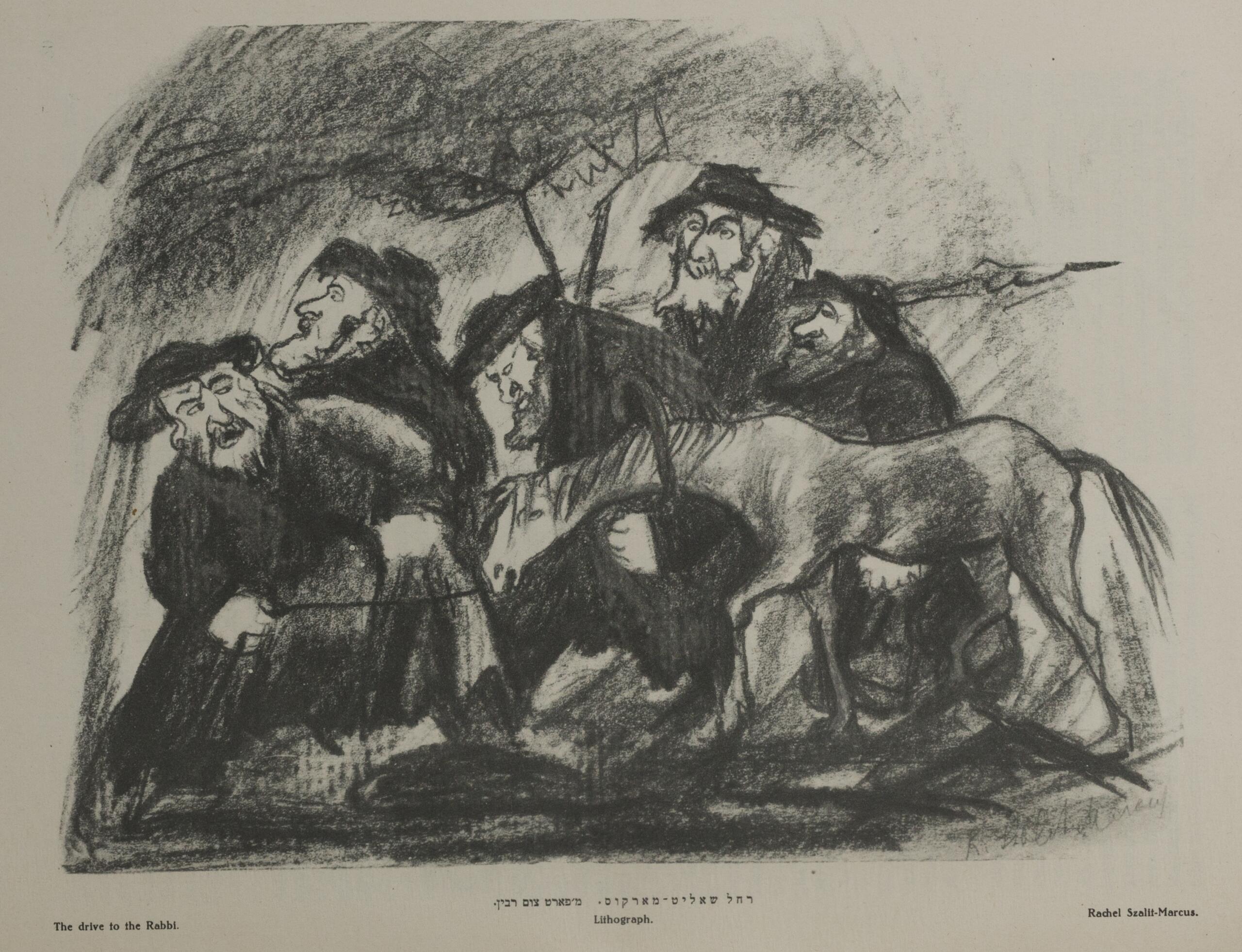
Traces of a Jewish Artist:
The Lost Life and Work of Rahel Szalit (1888–1942)
A Book Talk by Kerry Wallach, Gettysburg College
March 6, 2024 @ 12:00 pm - 1:00 pm
| FreeIn this presentation, Gettysburg College professor and author Kerry Wallach explores the life and work of Rahel Szalit (1888–1942; also: Szalit-Marcus). Szalit was a sought-after illustrator and painter who was active in 1920s Berlin and 1930s Paris.
Image above: Rahel Szalit-Marcus, The Drive to the Rabbi, in Milgroym, 1922. Lithograph.
Rahel Szalit was among the best-known Jewish women artists in Weimar Berlin. She painted and drew landscapes, Berlin city scenes, animals, and portraits of women, children, and public figures. She produced numerous lithographs and worked in pen and ink, pencil, pastel, chalk, oil paint, and watercolors. Women figured prominently in many scenes, from small-town Jewish life to snapshots of the metropolis. Szalit’s fascinating life demonstrates how women artists gained access to Jewish and avant-garde movements (Expressionism, New Objectivity) by experimenting with different media and genres. This presentation situates Szalit with respect to her contemporaries and offers a close look at her art.
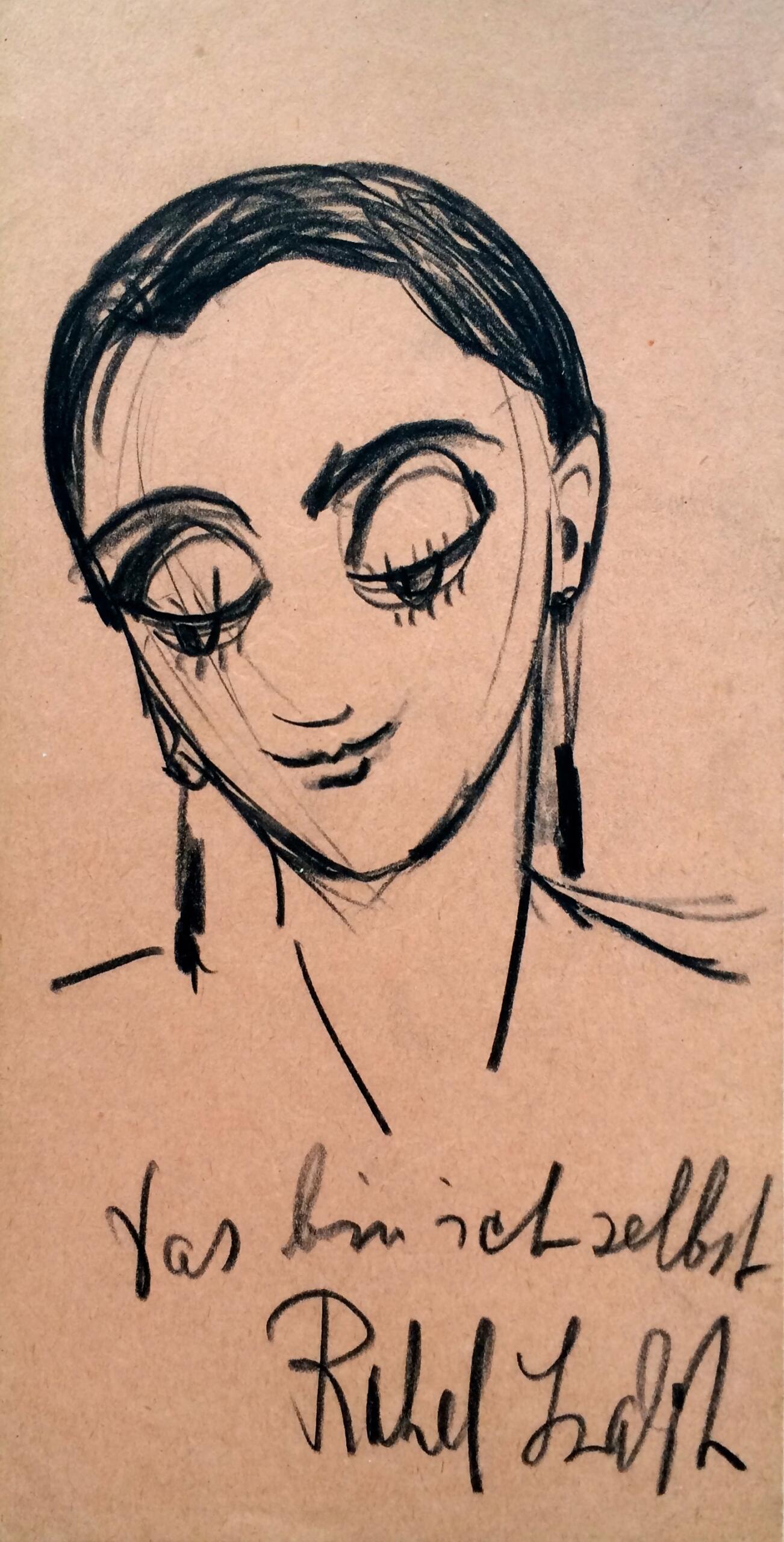
Rahel Szalit, Das bin ich selbst (This is me myself), date unknown.

Rahel Szalit, Kostümball (Costume Ball), in Ulk, supplement to Berliner Tageblatt, 1930
Born Rahel Markus into a traditional Jewish world in Lithuania (then part of the Russian Empire), she came of age in Lodz, Poland. She moved to Munich in 1910 to study art. From 1916 until soon after the Nazis took power, Szalit lived in Berlin, where she became acquainted with Jakob Steinhardt and Ludwig Meidner. She made a name for herself with soulful, sometimes humorous illustrations of Jewish and world literature and published her work in the mainstream German and Jewish press. Around 1927, she became active in the Association of Women Artists in Berlin and exhibited alongside such artists as Käthe Kollwitz, Julie Wolfthorn, and Lotte Laserstein. Forced to start again in Paris as a refugee from Nazi Germany, she was fortunate to find a modest amount of success, though this, too, was soon cut short. After she was murdered in the Holocaust, Szalit was all but lost to history, and most of her paintings have been destroyed or gone missing.
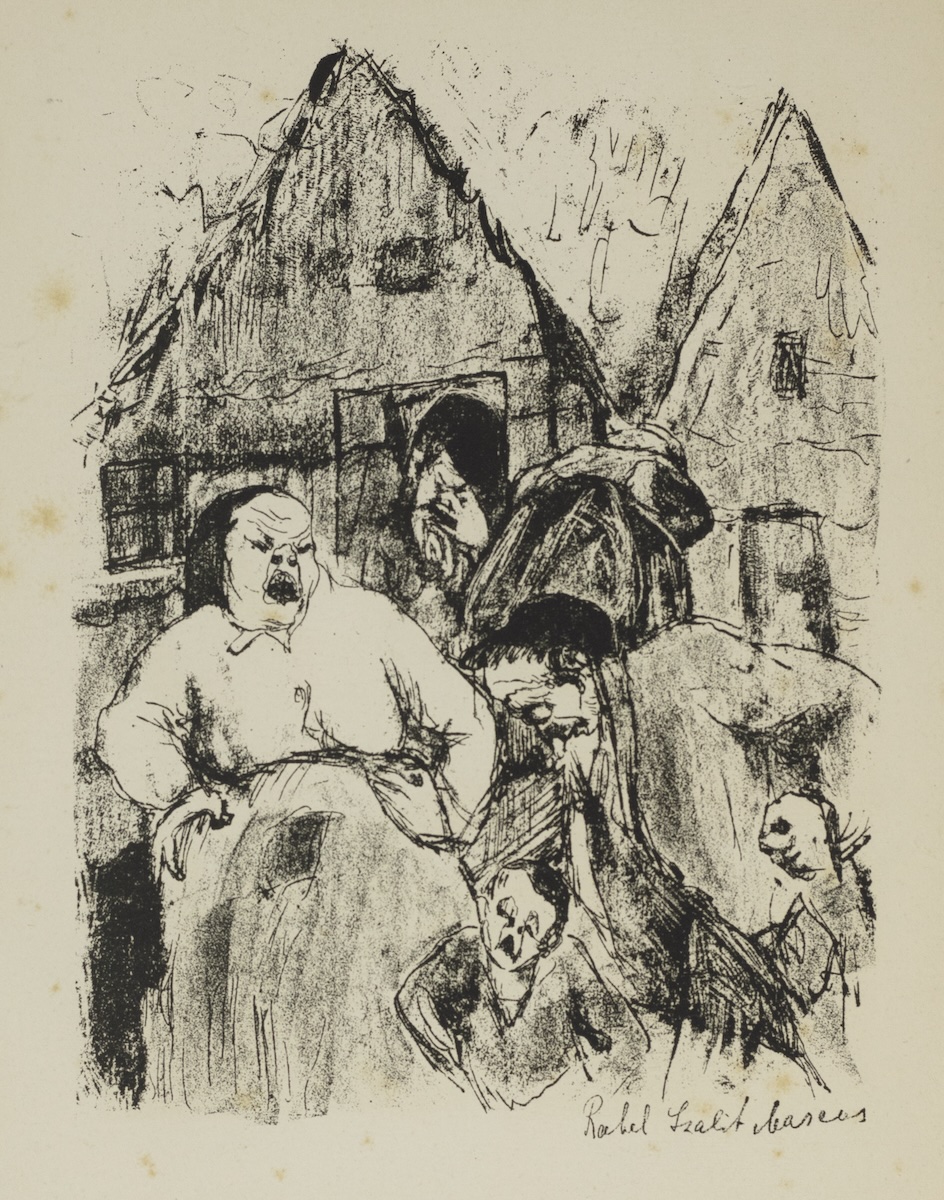
Rahel Szalit-Marcus, A Street Sneezes, in Menshelakh un stsenes (People and Scenes) portfolio, lithographic illustration from Sholem Aleichem’s Motl, the Cantor’s Son, 1922.
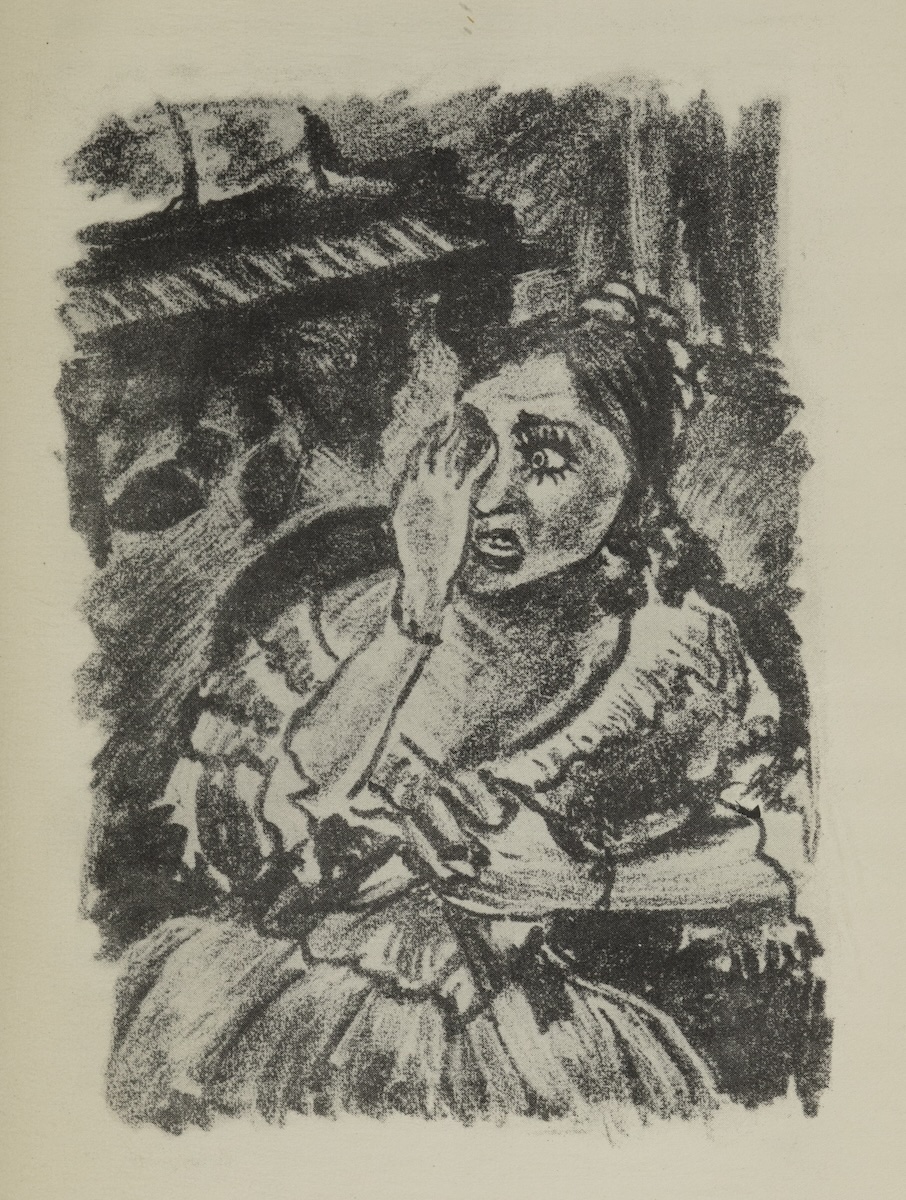
Rahel Szalit-Marcus, Wife Anticipating Her Murder, lithographic illustration from Leo Tolstoy’s The Kreutzer Sonata, 1922
Kerry Wallach is Associate Professor and Chair of German Studies and an affiliate of the Jewish Studies Program at Gettysburg College. She is the author of Traces of a Jewish Artist: The Lost Life and Work of Rahel Szalit (Penn State University Press, 2024) and Passing Illusions: Jewish Visibility in Weimar Germany (2017), and co-editor (with Aya Elyada) of German-Jewish Studies: Next Generations. She is also a co-editor of “German Jewish Cultures,” a book series published by Indiana University Press.
